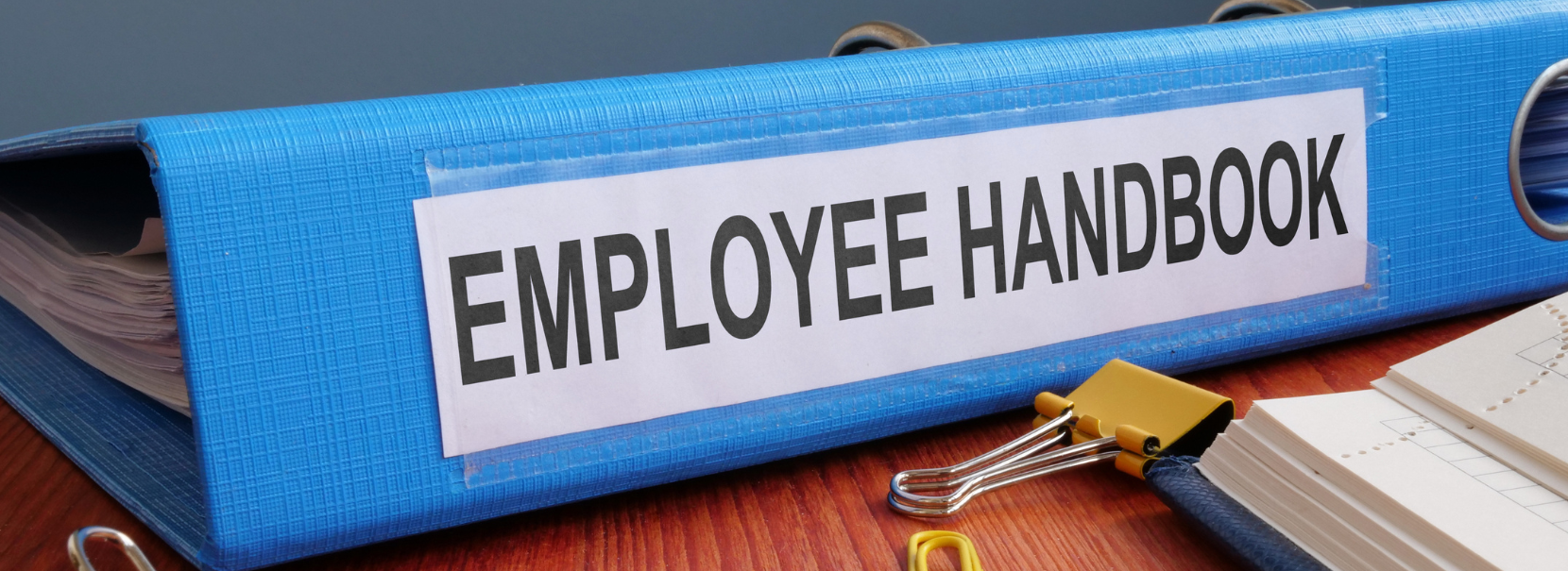On August 2, 2023, the current version of the National Labor Relations Board (NLRB) issued a decision in Stericycle, Inc. and Teamsters Local 628 (Stericycle) that again shifts its position on employer work rules or other policies and the impact such rules/policies have on employee rights under Section 7 of the National Labor Relations Act (NLRA). The new standard gives greater weight to employees’ Section 7 rights than did previous rules.
The new rule has a two-step litigation process intended to balance employee rights under the NLRA versus employer’s business interests:
- First, the NLRB General Counsel must carry the burden to demonstrate that an employer’s work rule could be reasonably interpreted by an employee to violate the NLRA by restricting employees’ right to engage in protected concerted activity under Section 7. If the General Counsel carries that burden, then the work rule is presumptively unlawful, even if the rule could also be reasonably interpreted not to restrict Section 7 rights and even if the employer did not intend to restrict such rights. The Board noted that in this step, a “reasonable employee interprets rules as a layperson, not as a lawyer.”
- Second, an employer may rebut this presumption “by proving that the rule advances a legitimate and substantial business interest and that the employer is unable to advance that interest with a more narrowly tailored rule.” If the employer successfully rebuts the presumption, the work rule remains lawful.
History of the Work Rule Standard
The NLRB’s new work rule standard succeeds a long line of cases that lend context to this decision.
Lutheran Heritage Village-Livonia
In the 2004 Lutheran Heritage decision, the NLRB held that the inquiry into whether a work rule violates Section 8(a)(1) “begins with the issue of whether the rule explicitly restricts activities protected by Section 7.” (emphasis in original)
If not, a violation depends on showing one of the following: “(1) employees would reasonably construe the language to prohibit Section 7 activity; (2) the rule was promulgated in response to union activity; or (3) the rule has been applied to restrict the exercise of Section 7 rights.”
The Board in this decision did not opine on how employer interests factor into the analysis.
Boeing Co.
In its 2017 Boeing decision, the NLRB held that in deciding the lawfulness of a facially neutral work rule, it will evaluate two things: “(i) the nature and extent of potential impact on NLRA rights, and (ii) legitimate justifications associated with the rule.” (emphasis in original) These two factors were to be balanced against each other.
In Boeing, the Board outlined a categorical classification system for evaluating cases under this standard:
- Category 1 – Rules that are always lawful to maintain. These are rules that do not interfere with Section 7 rights and rules whose justifications outweigh their negative impact on Section 7 rights. These include rules restricting the use of cameras in the workplace and rules requiring employees to abide by basic standards of civility.
- Category 2 – Rules that are sometimes lawful to maintain. These are rules that warrant scrutiny.
- Category 3 – Rules that are always unlawful to maintain. These are rules that can never be justified by the employer given their negative impact on Section 7 rights.
LA Specialty Produce Co.
In the 2019 LA Specialty Produce decision, the NLRB clarified certain points in Boeing. The Board held that a reasonable employee does “not view every employer policy through the prism of the NLRA” such that “a challenged rule may not be found unlawful merely because it could be interpreted, under some hypothetical scenario, as potentially limiting some type of Section 7 activity.”
The NLRB further held that the General Counsel maintained the burden of proof to demonstrate that “a facially neutral rule would in context be interpreted by a reasonable employee to potentially interfere with the exercise of Section 7 rights.” (emphasis in original)
The Upshot
The new Stericycle standard, which applies retroactively, may add a significant impediment to the maintenance of many employer work rules. With the new standard, the NLRB plainly intends to give greater weight to employees’ Section 7 rights.
In rejecting Boeing’s categorial approach, the Board emphasized that Stericycle returns the work rule standard to a case-by-case analysis, examining the specific language of particular rules and employer justifications for them.
Companies should examine their work rules and policies (for example, those in an Employee Handbook) to ensure they are tied to a legitimate and substantial business interest and determine if any such rule or policy could reasonably be deemed to chill employees’ rights to:
- self-organize;
- form, join or assist labor organizations;
- bargain collectively through representatives of their own choosing;
- engage in other concerted activities for the purpose of collective bargaining or other mutual aid or protection; and
- refrain from any or all such activities.
Companies should consider whether there are more narrowly tailored rules that could serve their same interests if any such rules raise questions under Section 7. Counsel may assist in answering these questions or crafting such rules and policies.
If you have questions or would like more information about the NLRB’s new work rule standard, please contact a member of Gould & Ratner’s Human Resources and Employment Law Practice.

